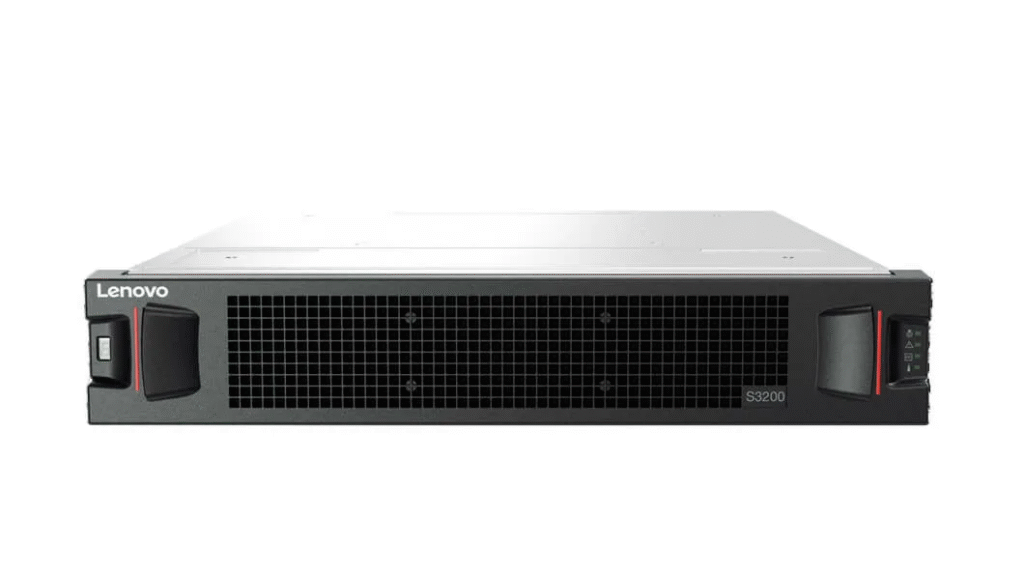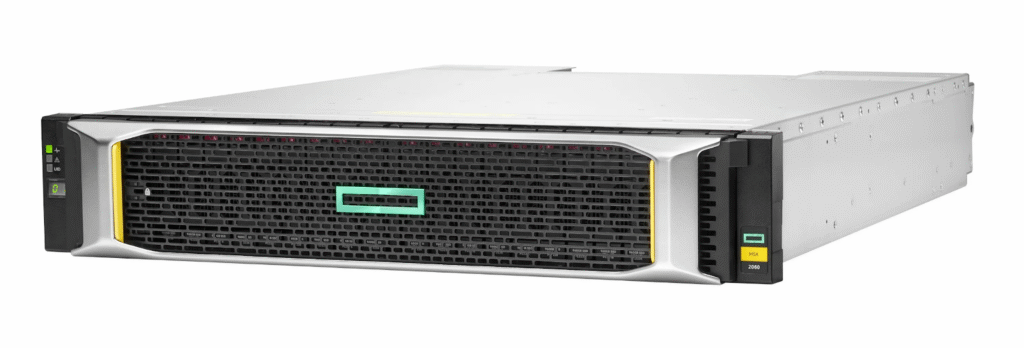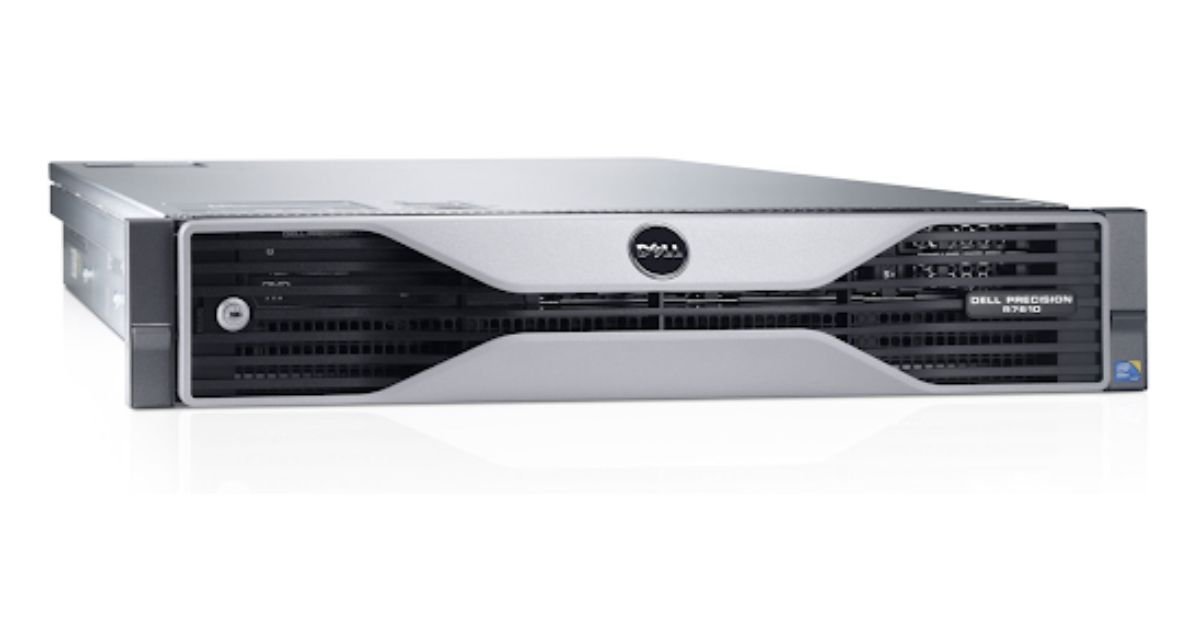The right workstation isn’t just a piece of hardware, it’s the backbone of your team’s productivity. For designers, engineers, and data analysts, the wrong setup can mean wasted hours and missed deadlines. Dell Workstations, known for durability and performance, offer scalable options that fit teams from startups to enterprises.
Whether your team is designing complex 3D models, analyzing massive datasets, or simply needs dependable systems for everyday operations, the right workstation can make a measurable difference in performance and productivity.
Let’s break down the key factors to consider when choosing a Dell Workstation for your team.
Assessing Team Needs First
Before jumping into hardware specifications, it’s important to define how your team will use the workstation. A marketing team creating graphics requires different hardware than an engineering team running CAD software or simulations.
By mapping out software requirements, workload types, and usage frequency, businesses can avoid overspending on unnecessary specs or worse, underinvesting in systems that fall short. A needs-first approach ensures technology works for the team, not the other way around.
Performance: CPU, GPU, and Memory
When it comes to performance, the right mix of processor, graphics, and memory makes all the difference. Dell Workstations offer flexible configurations, but the best choice depends on your team’s daily tasks.
- If your team runs virtual machines, simulations, or data-heavy calculations look for high-core CPUs. More cores mean faster processing for complex operations.
- If your team handles 3D design, rendering, or AI training—prioritize professional-grade GPUs (such as NVIDIA RTX or AMD Radeon Pro). These are built to handle graphics-heavy and parallel-processing workloads.
- If your team multitasks heavily across multiple applications—invest in at least 32GB of RAM. For video editors and engineers, scaling up to 64GB+ can prevent bottlenecks as project files grow.
- If your team works mainly on everyday tasks like spreadsheets, documents, and presentations—a solid mid-range CPU with integrated graphics and 16GB of RAM is usually sufficient.
By aligning performance specs with actual workflows, businesses avoid overspending on unnecessary features while ensuring their teams have the power they need.
Customization for Specific Workflows
Every business has unique workflows, and the right workstation should adapt to those needs.
Dell offers a range of models that can be configured to match industry-specific requirements, if it’s engineering, video production, or financial analysis.
By customizing components such as graphics cards, storage types, or memory, teams can get systems tailored to maximize efficiency in their exact use case.
Why Refurbished Options Make Sense
Not every team needs brand-new systems, and refurbished Dell Workstations can be a smart, safe alternative. These units are not simply second-hand, they go through rigorous testing, repairs, and certification to ensure they meet performance and reliability standards.
Most refurbished workstations also come with a warranty and support package, giving businesses peace of mind that their investment is protected. Since Dell Workstations are engineered for long-term use, certified refurbished models often deliver years of dependable service at a fraction of the cost.
For growing teams, refurbished options make it possible to equip more employees with powerful systems while keeping budgets under control without compromising on quality or reliability.
Storage Considerations
Fast and reliable storage is critical in today’s workplace. Solid State Drives (SSDs) have replaced traditional hard drives in most modern workstations, delivering faster boot times and application responsiveness.
For teams dealing with large projects such as video editors or software developers combining SSDs with larger hard drives can provide both speed and ample storage. Dell Workstations often allow multiple storage configurations, giving businesses flexibility to choose the right balance.

Scalability and Upgradability
Workstations should be seen as long-term investments. One of Dell’s advantages is that many of its workstation models are built with scalability in mind.
Teams can start with baseline specifications and upgrade components like RAM, storage, or GPUs later as workloads evolve. This future-proofing approach makes Dell Workstations a smart choice for growing businesses that don’t want to replace entire systems every few years.
Reliability and Build Quality
Dell has earned a reputation for building durable, business-ready hardware. Workstations are designed for heavy-duty use, capable of running for long hours under demanding conditions.
Reliability is especially crucial for mission-critical industries like architecture, healthcare, or research, where downtime can lead to costly delays. By investing in well-built systems, businesses reduce the risks of unexpected hardware failures.
Budgeting and Cost Efficiency
Workstations vary widely in price depending on specifications. Businesses need to weigh upfront costs against long-term value. Spending a little more initially on higher specs can prevent the need for early upgrades.
That said, affordable solutions are available without compromising quality. Options like Dell Workstations for sale give organizations the chance to secure professional-grade systems at lower costs.
Finding the sweet spot between price and performance ensures that technology investments directly support productivity and growth.
Support and Warranty Options
Even the most reliable systems can experience issues, which is why warranty coverage and support options are worth considering. Dell offers different levels of support, including on-site service and extended warranties.
For teams managing critical projects, peace of mind that help is available quickly can be a deciding factor. Refurbished systems often include warranty options as well, making them a safer investment than they may appear at first glance.
Matching the Right System to the Right Role
Not all team members need the same workstation. A video editor requires far more processing power and storage than someone handling spreadsheets or emails. Matching specifications to roles ensures that resources are allocated efficiently.
This role-based approach not only maximizes performance but also helps control costs by avoiding unnecessary upgrades for tasks that don’t require them.

The Smarter Way Forward
In today’s fast-moving business environment, equipping teams with the right tools directly affects output, morale, and long-term success. Dell Workstations stand out for their performance, reliability, and scalability, making them a strong choice for organizations across industries.
For companies considering both new and refurbished options, platforms like Cloud Ninjas provide accessible, well-tested systems tailored to different business needs. With thoughtful planning, the right workstation can power growth, creativity, and efficiency for years to come.
Ethan Cole is a passionate blogger at Aldalive.com, sharing fresh ideas and engaging content on lifestyle, technology, and everyday trends. With a love for writing and exploring new topics, Ethan aims to make information simple, useful, and inspiring for readers worldwide.

